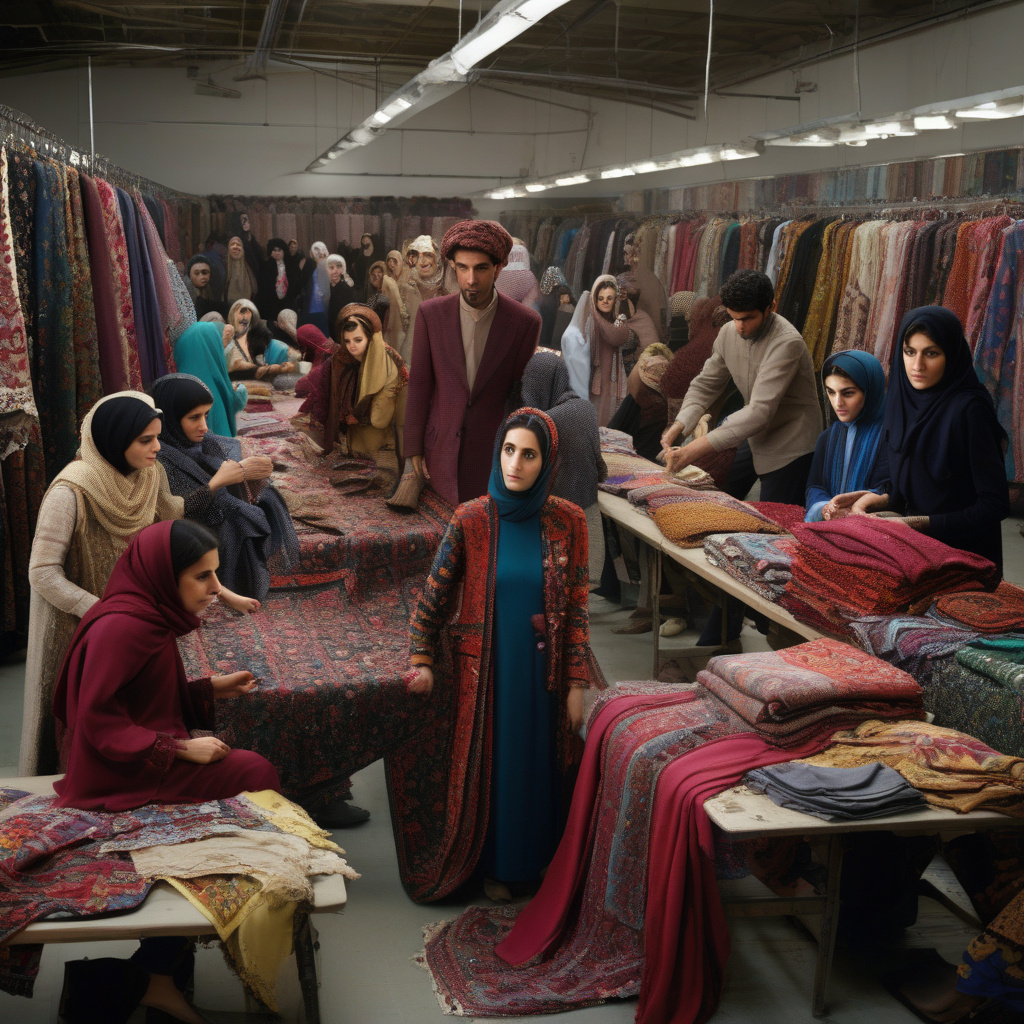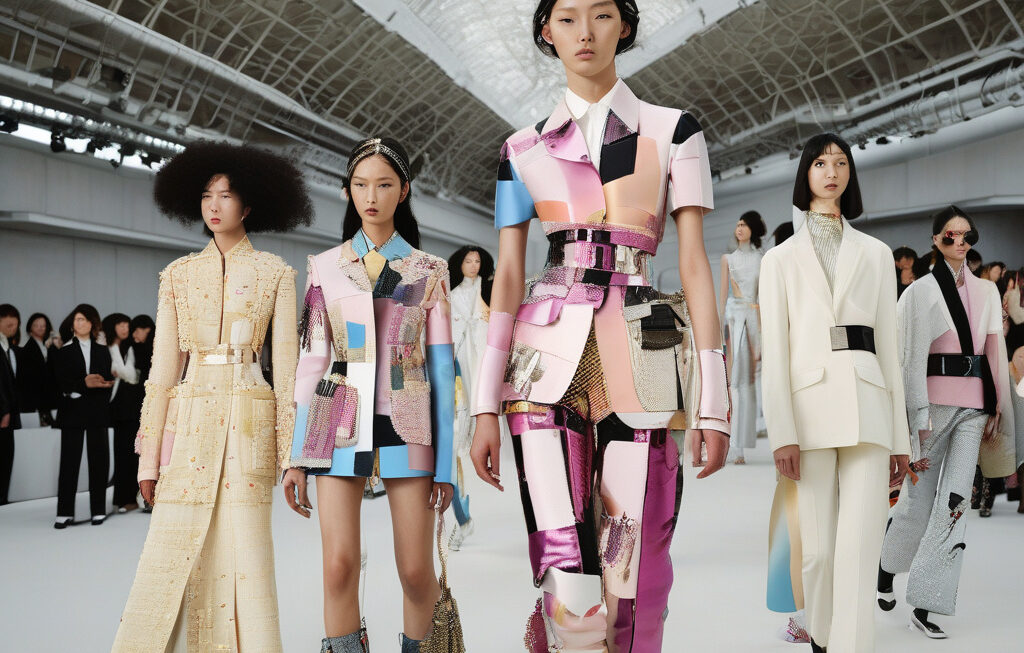Deportation of Afghan Workers Poses Challenges to Iran’s Fashion Industry
The fashion industry is a complex ecosystem that relies heavily on the labor force to bring designs to life, from the sketching phase to the final runway show. Every thread, button, and stitch plays a crucial role in the intricate tapestry of fashion creation. However, recent events have shaken up the Iranian fashion scene, posing unexpected challenges that threaten to disrupt the industry’s delicate balance.
Iran, known for its rich cultural heritage and unique fashion sense, has been grappling with the deportation of Afghan workers, who form a significant part of the workforce in the country’s garment industry. These skilled workers have been an integral part of Iran’s fashion supply chain, contributing their expertise and craftsmanship to the creation of exquisite garments that find their way to runways and boutiques around the world.
The recent wave of deportations, prompted by political tensions and economic uncertainties, has sent shockwaves through Iran’s fashion industry. The sudden loss of skilled labor has left many fashion houses and designers in a lurch, struggling to meet deadlines and maintain the high standards of quality that their customers expect. With the looming specter of labor shortages and production delays, the future of Iranian fashion hangs in the balance.
To compound matters, the global fashion market is witnessing a flurry of activity that further complicates the situation. ByteDance, the Chinese tech giant behind the popular video-sharing app TikTok, has made a strategic move into the Indonesian online marketplace, signaling its intent to capture a larger share of the fashion e-commerce sector. This development has the potential to reshape the competitive landscape of online fashion retail, posing a new set of challenges for traditional brick-and-mortar stores.
Meanwhile, in Botswana, tensions are simmering between the government and mining giant Anglo American over the divestment of De Beers, a major player in the global diamond industry. The outcome of this dispute could have far-reaching implications for Botswana’s economy and its position in the international diamond trade, underscoring the interconnected nature of the global markets and the intricate dance of power and influence that shapes the business world.
On a more optimistic note, Industrie Africa, a leading platform for African fashion designers, is celebrating its fifth anniversary with a bold push into the luxury retail market in Zanzibar. This milestone highlights the growing influence of African fashion on the global stage and signals a shift towards greater diversity and inclusivity in the industry. By showcasing the creativity and craftsmanship of African designers, Industrie Africa is not only expanding its footprint but also challenging conventional notions of beauty and style.
As the world of fashion continues to evolve and adapt to new realities, it is clear that the industry is facing a period of unprecedented change and uncertainty. The deportation of Afghan workers in Iran, the entry of tech giants into the online marketplace, and the challenges facing traditional industries all underscore the need for resilience, innovation, and adaptability in the face of adversity. Only by embracing change and harnessing the power of creativity can the fashion industry navigate the turbulent waters ahead and emerge stronger and more vibrant than ever before.
#FashionIndustry, #GlobalMarkets, #IranianFashion, #ByteDance, #IndustrieAfrica












